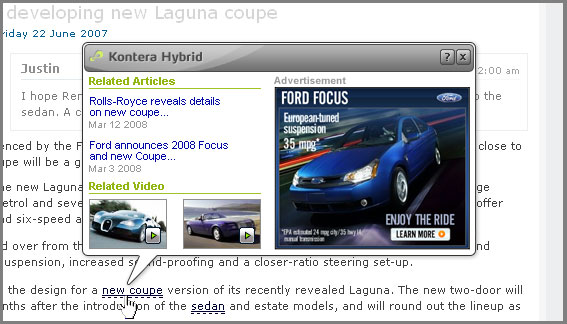Have you ever had an awesome idea in your head, but didn’t find the time, discipline or will to execute it into writing?
All social writers struggle with the same problem – they are hit by inspiration in the weirdest moments, but the great ideas evaporate by the time they get to their computers and try to start writing.
The solution to that issue comes as a combination of tools that are both accessible and portable. If you start using the best tools for social writers, you will never be caught off guard again. These tools will not only provide you with a way to write down your ideas whenever they hit you, but will also enable you to organize your time better and start writing more content through a regular routine.
The best writing tools for social writers
You don’t need many resources and tools to get your creativity out on paper. However, the right tools can boost your effectiveness by providing you with a distraction-free environment, as well as the writing assistance you need. The following selection of websites, apps, and tools will make you fall in love with your profession all over again.
Here are some time saving tools for content marketers.
Possibly the most popular writing tool currently available, Write or Die is a must in every social media writer’s toolbox. If you easily get distracted by important updates on social media, then this tool will immediately bring you back to work.
You don’t have to choose the Kamikaze mode right from the start, since it will be painful to watch your work getting deleted if you fail to write effectively. However, it is definitely recommended to give yourself higher goals and stricter consequences as you start getting used to Write or Die.
Among all online tools that are aimed at limited your distractions, Quabel is possibly the cleanest and most effective one.
By going back to the writing basics, you will be left alone with your thoughts, so the expression will become flawless. This online text editor will allow you to write without being distracted by unnecessary buttons and features.
If you have a very important deadline to meet, but find yourself in the middle of a writer’s block, then it’s time to get the big guns out. NinjaEssays is the coolest writing help site that puts professional writers at your disposal. You can get assistance on any type of content by talented writers who never seem to get out of ideas.
The extensive team includes experts from various fields of study, so you can also rely on their assistance if you have to complete a project whose topic you don’t understand. That will save you from a huge amount of research.
Plotbot is an online editor that will format your writings automatically according to the widely-accepted standards.
Although the software has been developed to serve for editing screenplays, it can also serve as an essential tool for social media writers who cannot focus unless their pages are perfectly organized.
The coolest organizational tools for social writers
You can be the most talented social media writer in the world, but you could never reach your full potential without proper organization. If you don’t manage your time effectively and organize your ideas into a steady workflow, both you and your readers will end up frustrated by your publishing schedule.
If there is such thing as an effective idea management service, then Writea is the one.
This website provides you with a great choice of brainstorming tools that will help you get ideas from the hidden folders of your brain. It takes only seconds to create new idea entries, and you can later update their details as a new wave of creativity attacks you.
We are listing this concept under organizational tools because it enables you to categorize your ideas under convenient groups, so you will track them easily whenever you want to.
This tool is labeled as a “hierarchical note-taking app”.
However, its functions go beyond that simple explanation, since cherytree provides a great spell check, syntax highlighting, rich text, list handling, and many other features you will find useful. This tool can serve as your personal notebook, with the important difference of better organization and management.
If you have never tried a mind-mapping tool, then you should start exploring that concept with bubbl.us.
At this website, you can do some effective brainstorming and mind-mapping without the need of getting use to complicated options. The interface features an intuitive drag-and-drop mode that will help you keep pace with the emergence of new ideas.
You can easily save and share the mind maps, but you can also collaborate with other users on the same mind map.
The most effective productivity tools for social writers
Since you chose to be a social writer, then you are undoubtedly talented in developing content.
However, that doesn’t mean that you can always stay as productive as you want to be. There are days when you cannot keep up with the responsibilities and wish to take some time off everything. Don’t do that before trying some of the following productivity tools that can bring you back on track:
If you want to fight online distractions, then StayFocusd should be the first weapon in your arsenal. This website blocker will save you from a lot of regret, since it won’t allow you to access distracting website during an active working session.
If you prefer Firefox over Chrome (StayFocused is a Chrome extension), then you should try
LeechBlock, which works in a similar manner.
You have surely heard about the Pomodoro Technique, but did you try using it? Those writers who haven’t tried it may claim that it’s ridiculous, but its effectiveness has been proven many times before.
Tomato.es is an effective Pomodoro timer that will help you reach your highest levels of productivity.














